Hay Fever (Allergic Rhinitis)
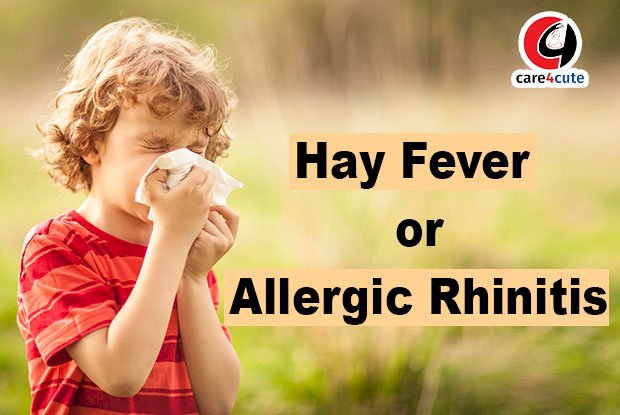
Hay Fever (Allergic Rhinitis)
Hay fever or allergic rhinitis is a common allergic condition which occurs at particular times of the year. It is a seasonal disease. It can be also occur from pollen of grass, trees and weeds during the early spring and summer months. It can affect both adults and children.
Cause:-
Basically it is because of the individuals body makes allergic antibodies (IgE) to certain substances.
Allergen:-
Grass pollen is the most common allergen during May to July, but tree and weed pollens can also cause the same allergic reaction. So the symptoms continue all year round and usually related to indoor allergens like house dust mites, pets, including birds, or moulds. Some people have allergic to cigarette smoke and perfumes also.
Genetic factors
Developing allergies also increases if someone in your family has allergies. If parents have allergy-related diseases, then it increases the chances of their children developing hay fever.
Factors that trigger the symptoms to worsen:-
Hay fever symptoms can also be made worse by other irritants. This is because hay fever causes inflammation in the lining of the nose and makes your nose more sensitive to irritants in the air.
These irritants include:
- Wood smoke
- Air pollution
- Aerosol sprays
- Changes in temperature
- Changes in humidity
- Irritating fumes
Symptoms:-
- Itchy eyes or throat
- Sneezing
- Blocked or runny nose
- Watering in eyes
- Red eyes (allergic conjunctivitis)
- Headaches
- Blocked sinuses
- Sometimes shortness of breathing
- Tiredness
- Irritability
- The sensation of mucus running down the throat, which can also be a symptom, is called ‘post-nasal drip’.
These symptoms may become worsen if the pollens are high in bulk.
Other conditions related same symptoms:-
Other conditions with similar to hay fever are as follow:-
- Cold
- Infective rhinitis, includes upper respiratory tract infection
- Irritant rhinitis, reaction to physical changes or chemicals
- Sinusitis
Unlike hay fever, these conditions can also cause fever.
Treatment:-
The treatments given for control the symptoms and reactions but they do not cure the condition.
Antihistamine: It is probably the best known type of allergy medicine, and easily available from any pharmacy without prescription. However, there are different types of antihistamines; some have been used for many years, some are improvements of old drugs and new antihistamines are developing.
Eye drops: These reduce itching and swelling in the eyes. They are usually used with other medications.
Nasal Spray: These sprays reduce the inflammation caused by hay fever. These are safe and long-term treatment. It may take few days for benefits,
Oral Steroids: Severe hay fever symptoms may respond well to prednisone tablets, prescribed by a doctor. These are for short-term use only. Long-term use can be lead to some serious disease.
Immunotherapy: Immunotherapy can provide long-term relief by gradually increase the insensibility of the immune system to the allergens that trigger the symptoms.
Home treatment:-
You cannot prevent the allergic disease, but you may find some strategies useful for minimizing the symptoms.
Here are some tips:-
- Be aware of the pollen count during susceptible months. Pollen count tends to be higher on humid and windy non-rainy days and during the early evening.
- Keep windows and doors shut in high count pollen season.
- Regularly wash the eyes with cool water, to sooth them and clear them from pollen.
- Take a shower and change your clothes when coming from outside during high pollen season.
- Use wrap-around glasses to protect the eyes from pollen.
- Wear a hat to prevent pollen from collecting in the hair and then sprinkling down onto the eyes and face.
- Have your car fitted with a pollen filter, and drive with the windows closed during pollen season.
- Do not have flowers inside your home.
- Keep all surfaces, floors, and carpets as dust free as possible.
- Choose a vacuum cleaner with a good filter.
- Use “mite-proof” bedding.
- Use a dehumidifier to prevent mold.
- Keep distance from cigarette smoke, and immediately quit, if you are a smoker.
- Wash pets when they come indoors on a high pollen season, or clean their fur down with a cloth.
- Use Vaseline inside edges of your nostrils, it will help to stop pollens from getting through.










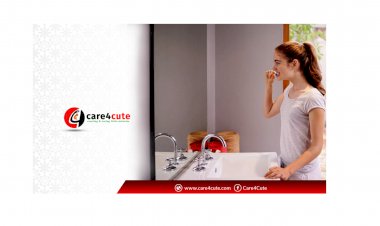

















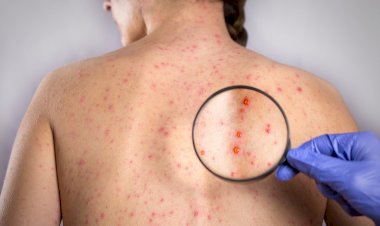
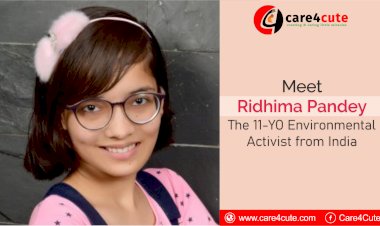

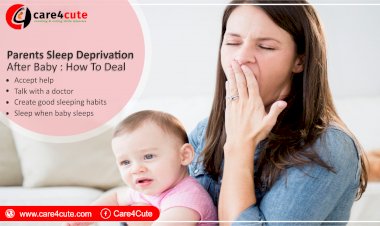
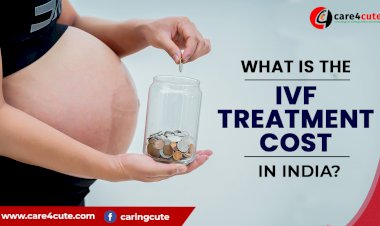


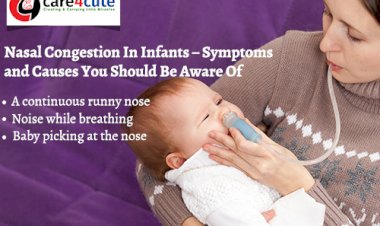
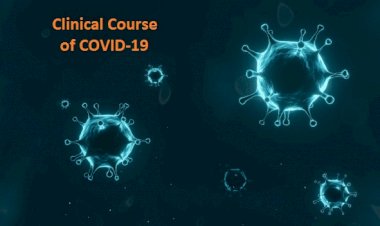
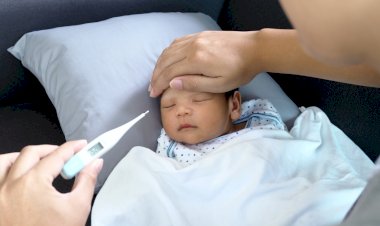
Comments (0)